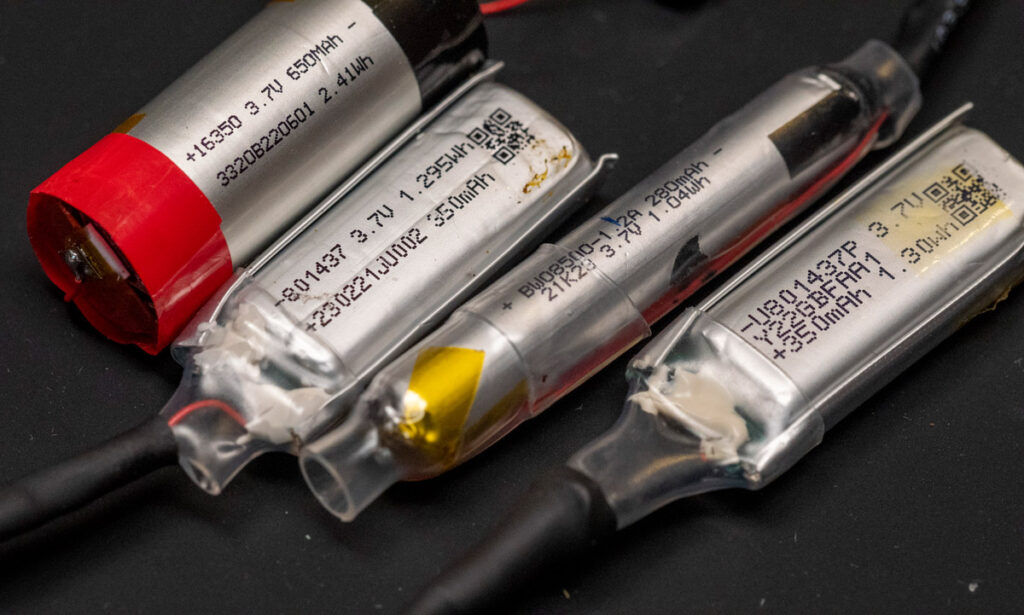How do vape companies get away with putting perfectly good rechargeable lithium batteries in a single-use device? And why does it seem like there are so many more of these around all of a sudden? It’s ridiculous.
I think the shift has something to do with the Juul ban. Juul had a significant share of the market with its rechargeable, cartridge refillable device. When it was pulled from the U.S. market in 2022 by the FDA, new competitors popped up to fill the demand. In a market where brand recognition could mean a target on your back from regulators, companies aren’t incentivized to make a refillable system. And selling you a completely new device every time the old one wears out is more profitable than selling you just a cartridge. Unless lithium becomes much scarcer, or it becomes a legal requirement to make them infinitely refillable, I don’t see this trend changing anytime soon, unfortunately.
Some brands do include a charging circuit to make use of a larger liquid reservoir. But once the liquid runs out, the device is still intended to be thrown out.
How did I get this many devices to take apart? Besides picking them up off the sidewalk, I asked my local Buy Nothing group and found a few willing folks who knew better than to throw these in the trash and were happy to offload their hoard.
Lithium Battery Overview
Lithium batteries are used in everyday devices like laptops, cell phones, hybrids, and electric cars. They are much lighter than traditional alkaline batteries and can last much longer. They can also be recharged multiple times — it’s no wonder that they’re in everything nowadays.
Lithium batteries contain layers of materials folded up together into a small shape. Energy is stored on either side of a battery “stack” and it wants to get from one side to the other, and circuits get power by making the charges do work along the way. As the battery discharges and produces an electric current, lithium ions are released by the anode to the cathode, causing a flow of electrons from one end to the other.
When charging, the opposite happens: the cathode releases lithium ions, which are then obtained by the anode. You can think of the act of charging like pushing the energy back to the other side so that it can be ready to go again. And if the layers are breached by, say, a puncture or by crushing, the battery can become shorted out, and the electrons get way too excited.
The C-rate is the measure of how quickly the battery can be discharged and recharged without damaging it. Failure modes include overcharging, over-discharging, and short-circuiting. Always use a charging rate appropriate for the battery’s C rating, or a conservative guess.
Lithium Battery Do’s and Don’ts
Here’s a list of do’s and don’ts when using LiPo batteries:
Do:
- Charge your battery slowly and evenly, at a rate appropriate for its capacity
- Store your battery in a cool place
- Get a fireproof battery bag to keep your batteries in
Don’t:
- Don’t charge or discharge your battery too quickly or let it get too hot
- Don’t leave your battery unattended while charging
- Don’t discharge your battery below its minimum voltage level















